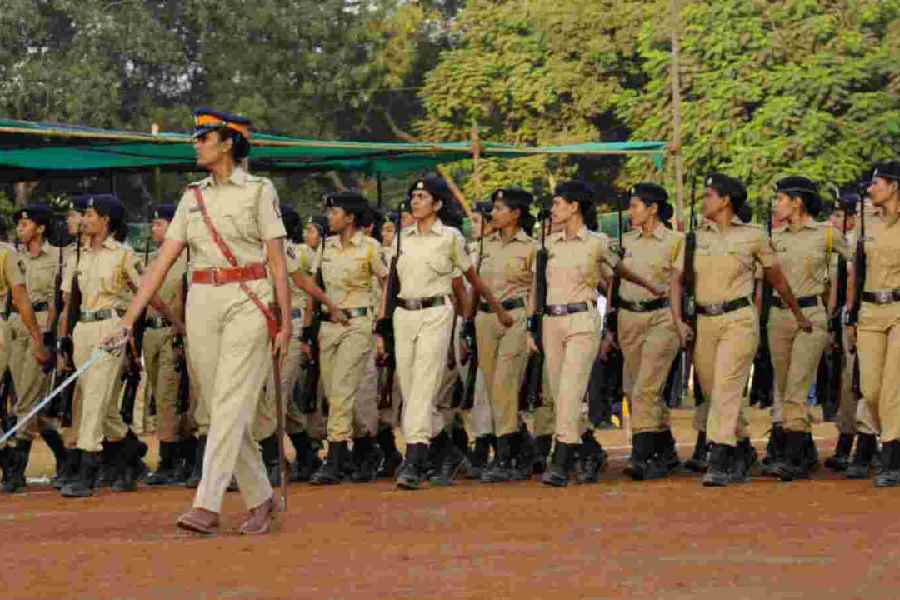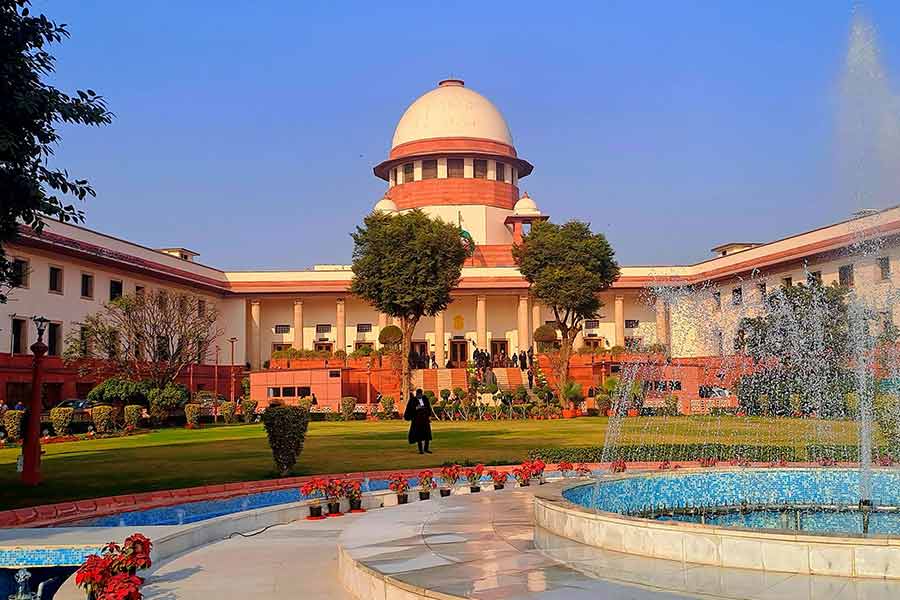The White House has declared that India is a vibrant democracy, and that this is self-evident to anyone who visits its capital, New Delhi. On the face of it, the comment, coming from the spokesperson, John Kirby, ahead of the visit of Prime Minister Narendra Modi to the United States of America for a State dinner on June 22, comes across as an unambiguous endorsement of the state of affairs in India. And, indeed, it underscores just how much the US feels it needs to woo India. Yet, while the US president, Joe Biden, is certain to lay out the red carpet for Mr Modi a fortnight from now when he hosts him at the White House, this is more a marriage of convenience than the full-blown love affair that both governments will no doubt project. This has everything to do with the realities — political and personal — of both leaders and the strategic embrace that both nations require — an act of demonstrative warmth that Mr Modi has turned into a signature move.
Domestically, Mr Biden faces uncomfortable polling numbers and growing questions about his age ahead of his re-election campaign. Internationally, the war in Ukraine and mounting tensions with China are swallowing all of the US state department’s oxygen. Mr Biden’s administration has little bandwidth or appetite to take on fresh challenges. That is evident from the visit by the US secretary of state, Anthony Blinken, to Saudi Arabia this week, where Washington is looking to reset ties with a traditional ally whom Mr Biden had bad-mouthed during his election campaign. Despite the unmatched military and economic might of the US, it is facing a broad global pushback, and not just from its biggest rivals, China and Russia. From Brazil to Saudi Arabia, efforts to reduce dependence on the US dollar are growing. More and more countries are lining up to join the Brazil-Russia-India-China-South Africa grouping, motivated in part by the US’s weaponisation of the dollar through sanctions. The US cannot afford to alienate India, also a bulwark in its Indo-Pacific coalition to contain China. India must stay clear-eyed about the factors motivating Washington and utilise this moment to seek economic and diplomatic concessions from the US. It must remember that just three months ago, the state department had chastised India for human rights abuses in a report. Now, as then, India must not mistake America’s carrot-and-stick approach for anything more.











